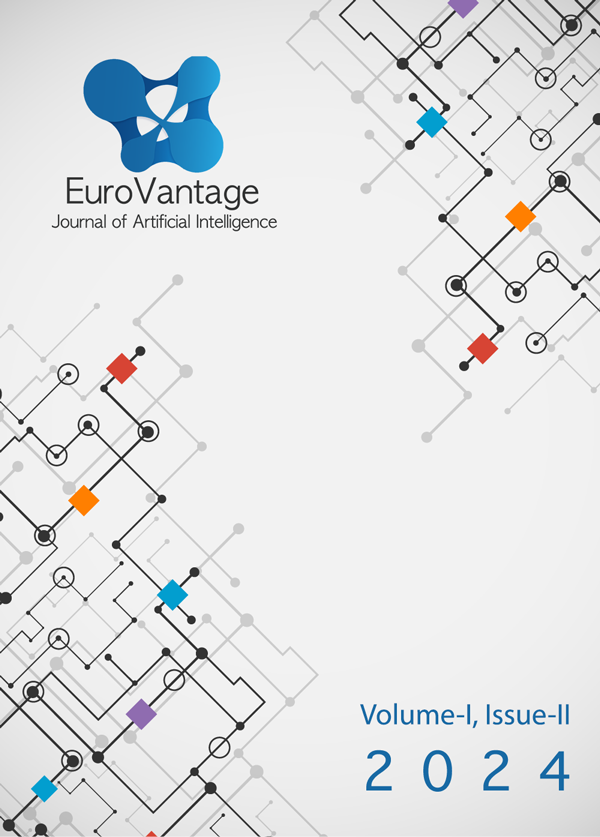Securing Web Applications with OAuth 2.0, JWT, and Multi-Factor Authentication
Keywords:
Web Application Security, OAuth 2.0, JSON Web Token (JWT), Multi-Factor Authentication (MFA), Authentication, Authorization, Access Control, Cybersecurity, Identity ManagementAbstract
With the rapid expansion of web applications, security threats such as unauthorized access, session hijacking, and data breaches have become major concerns for developers and businesses. This paper explores three crucial security mechanisms—OAuth 2.0, JSON Web Tokens (JWT), and Multi-Factor Authentication (MFA)—to enhance the security of web applications. OAuth 2.0 provides a standardized and scalable authorization framework that allows secure access delegation without exposing user credentials. JWT, a compact and self-contained token format, ensures integrity and confidentiality in web authentication by embedding claims in a cryptographically signed token. MFA adds an additional layer of security by requiring multiple authentication factors, significantly reducing the risk of compromised credentials. By integrating these mechanisms, web applications can achieve robust access control, protect sensitive data, and mitigate security vulnerabilities. This paper discusses the implementation strategies, security advantages, and potential challenges of using OAuth 2.0, JWT, and MFA in modern web applications.



